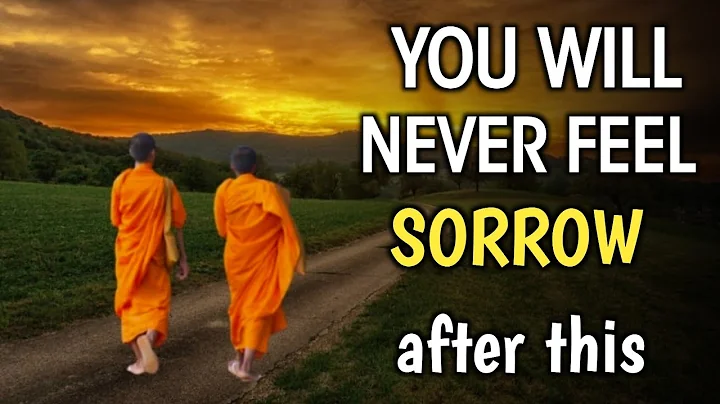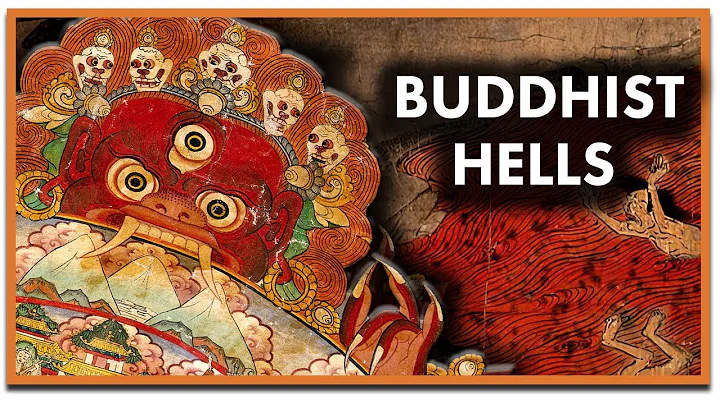The "catastrophe" mentioned in Buddhism is a concept of time. The calamity of Buddhism is divided into small calamities, medium calamities, and great calamities. One small calamity is 84,000 years, one medium calamity is about 330 million years, and one large calamity is about 28 billion years.

The "catastrophe" referred to in the Buddhist scriptures, if the medium or small calamity is not indicated, usually refers to the great calamity. Before sentient beings have endured birth and death, their shortest lifespan is so short that they are born and die. The longest lifespan is the formless realm sentient beings who practice the four empty concentrations. Their lives are equal to the eighty-four thousand births and deaths of the earth. They think they are neither born nor died, but in fact they will still accept life and death. Only by practicing the path of liberation and emptying the "I" can they enter the state of "Nirvana" of non-birth and immortality. In other words, the life and death of the earth is a great disaster.
The origin of the universe scientists believe that a big explosion was born 13.7 billion years ago, which is equivalent to half of a great disaster as Buddhism calls it. In ancient China, Pangu opened the world before Fuxi, Christianity also had a priest in Christianity saying in the 18th and 19th centuries that God made a calculation when the time of creation was created, but it was turned forward to 4004 years ago.

and Buddha said "catastrophe", and it actually talked about the depth and breadth of such time of hundreds of millions of years. It can be seen that the concept of time mentioned in Buddhism is a very grand scale of time and space. Therefore, the broad thinking of the Buddha was a very broad thing in ancient humans.







![[English] Who Am I - Lecture 1 - Ven. Guan Cheng - DayDayNews](https://i.ytimg.com/vi/KU0fUs2It5o/hq720.jpg?sqp=-oaymwEcCNAFEJQDSFXyq4qpAw4IARUAAIhCGAFwAcABBg==&rs=AOn4CLDFpQUN_QwRfC7bmP4sUadq-RcYdg)
![A Moving Masterpiece 清明上河图 [English narration] - DayDayNews](https://i.ytimg.com/vi/kxff-4GktOI/hqdefault.jpg?sqp=-oaymwEcCOADEI4CSFXyq4qpAw4IARUAAIhCGAFwAcABBg==&rs=AOn4CLBtHGLeUpJNCYDJYnZTuISQ1N5Vag)


